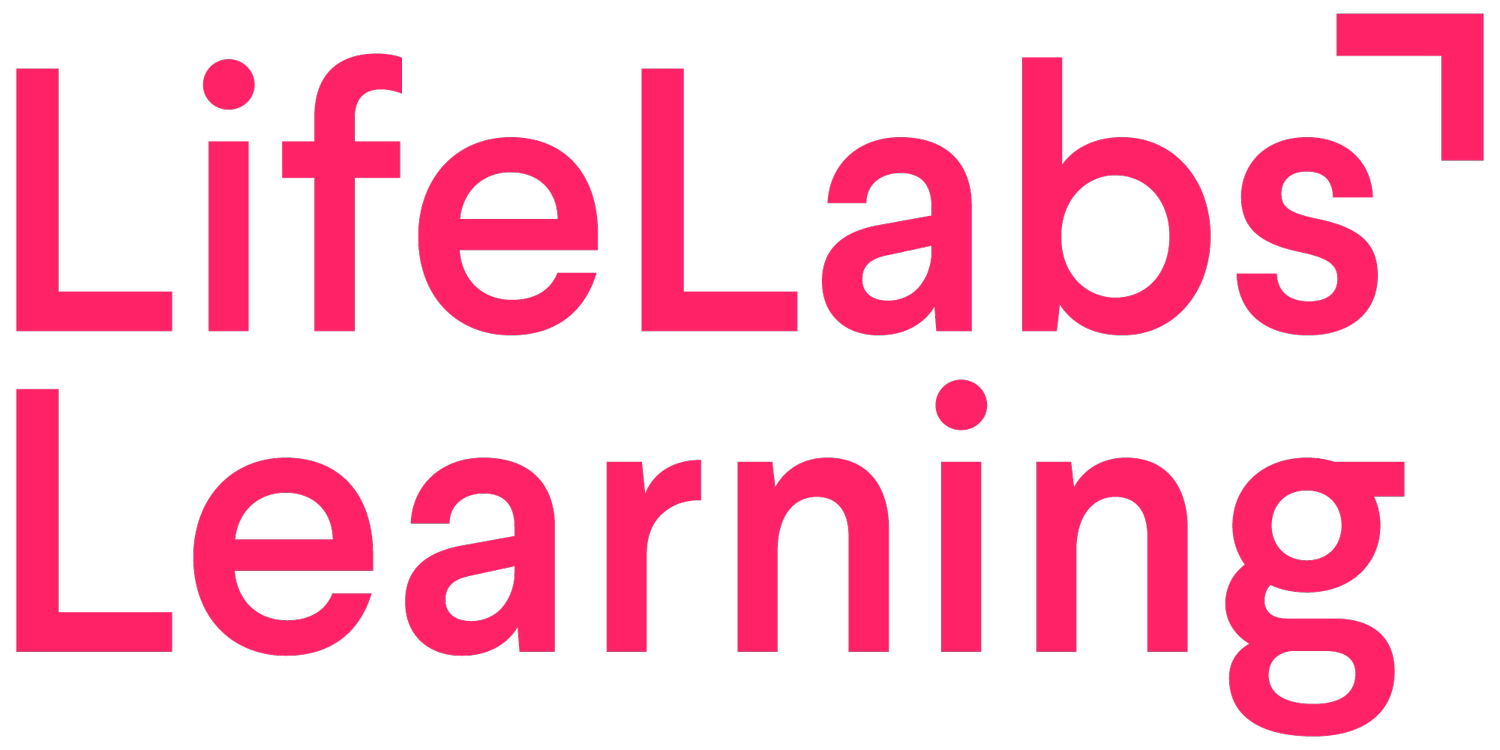A DEI audit is an opportunity to build community
5-minute read
The deaths of George Floyd, Breonna Taylor, Jacob Blake, and others have inspired a sustained rise in protest, activism, and reflection across the globe. Across organizations of all sizes, passionate leaders have stepped forward to contribute to diversity, equity, and inclusion (DEI) initiatives in the workplace.
To galvanize and direct the emotional energy of your team, consider an audit of your workplace systems and culture through a DEI lens. Audits create valuable opportunities to build community and connection by strengthening your team’s shared vocabulary. When done well, they also create foundational structures upon which to build future innovations.
When diversity, equity, and inclusion work is done best, it walks the talk of inclusion by making opportunities for specialists in every part of the organization to contribute in their areas of expertise. At LifeLabs, our audit template breaks down systems and culture into five main pillars that work across every domain of our team.
Hiring and recruiting
We start with hiring and recruiting because this is the front door of our company. Where, when, and how we bring new Labmates into our community is the first place that we can examine how well we’re representing our values to the public. We want to make sure, for example that we are living best practices like:
Eliminating bias from our job descriptions and applications (for example, by using gender neutral language) so that the people we want are excited to apply.
Distributing hiring decisions across a diverse group so that we can check each other’s unconscious bias.
Hiring for skills, not credentials. If we only hire from prestigious universities, we risk reinforcing historical patterns of who has been allowed access to elite higher education.
Benefits and work conditions
Benefits and our work conditions are the literal lifeblood of our team. They are how we stay housed, healthy, and capable of showing up to deliver amazing results every day. When we’re examining how we’re bringing equity and inclusion to our workplace, we look to make sure that we are:
Building in dark time--work hours where teammates are expected to be unresponsive to us. This is how we all recharge and explore the other beautiful parts of our passionate lives.
Clearly communicating a code of conduct that allows us to live in harmony. We want to work across our differences and engage in productive conflict while keeping psychological safety.
Supporting each other through a lens of equity rather than equality. Are Labmates with different needs getting different support? For example, are we creating flexible work hours for parents who are dealing with the unique challenges of parenting during a pandemic?
Assessments and decision making
We all try our best to eliminate bias from our assessments and our feedback, but we also know that if you have a brain, you have a bias. How we compensate, celebrate, and collaborate matters if we’re going to harness the advantage of diversity. We ask ourselves questions like:
How ready are our team leads to hear the perspectives of their direct reports? Have we trained our leaders to give and receive feedback about inclusion as a core part of their role?
Are we communicating clear and transparent criteria for compensation and promotion? Pro tip: Innovative and inclusive companies are sourcing feedback on their compensation models from workers as a way to build healthier long term relationships.
Meetings and social connections
How we communicate and reaffirm our connections is a part of DEI work that literally every employee can contribute to. Our audit asks to reflect on things like:
How well are we keeping time zones in mind when we’re scheduling events and social time? With a team working in 5 time zones, we know we’ll never find a perfect hour to connect. Instead, we look to create multiple opportunities that work for different demographics.
How clearly are we communicating and adhering to turn-taking meeting norms? Are we using audible timers to create equitable talk time? Are we monitoring how often folks are getting interrupted, and intervening to make sure folks have finished talking?
How regularly are we rotating meeting roles? Historically, the lowest status people get relegated to the lowest status roles, like notetaker or time keeper. Instead, how often do we flip power on its head and ask our CEO to take notes?
Learning and growth
We know that to walk the talk of inclusion and equity, we have to create opportunities for every Labmate to thrive. To help make sure that we’re removing obstacles to growth in every possible way, we audit ourselves to reflect on key leverage points like:
Are we giving equal access to information about the strategic growth plan of the company so that everyone has the chance to chart their long term path?
How well are we creating senior leadership facetime opportunities? Will newer Labmates get the opportunity to share feedback and create meaningful bonds with executives?
Formal and informal mentorship opportunities are available to every member of our team.
Using the data
Leading an internal review of systems and culture through a DEI lens anchors the conversation. It may catalyze productive conflict as leaders reflect on missed opportunities in the past, or it may lead to a feeling of well earned satisfaction of a job well done. Regardless, a shared portrait of the state of the organization gives a clearer picture of the terrain, direction for strategic initiatives, and ways to measure progress.
At LifeLabs Learning, we are inspired by Bobbi Harro’s “Cycle of Liberation,” which reminds us that in doing the work of creating an equitable world, “there is no specific beginning or end point, and one is never ‘done’” working. Instead, we think of processes like our audit as a way to give structure to the exciting work of transforming our world.
Diversity, Equity, and Inclusion Playbook
This playbook will help People Ops (POPs) & HR leaders take action and create a more comprehensive DEI strategy.

